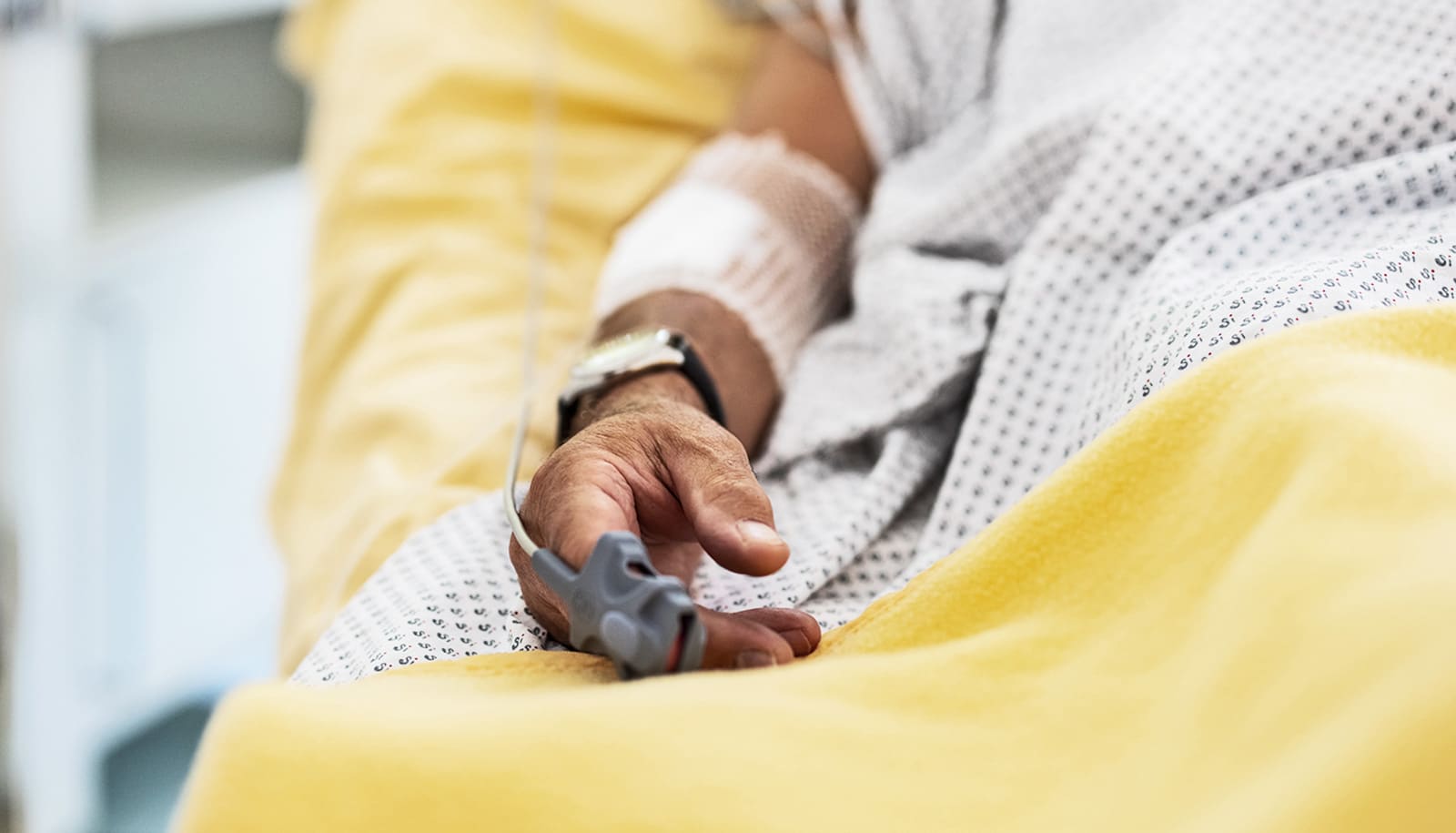People who exhibit even a few depressive symptoms before a major life stressor, such as a disaster, may experience an increase in inflammation—a major risk factor for heart disease and other negative health conditions—after the event.
A new study followed 124 people (38 men and 86 women, including whites, Hispanics, and African-Americans) who lived in Texas City, Texas, before and after a petrochemical refinery in the city exploded March 23, 2005. The explosion killed 15 workers, injured more than 170 others, and shook buildings as far as 10 miles away.
After the disaster, people who beforehand exhibited even minor depressive symptoms (such as a feeling of fatigue or sadness) and identified concern for their physical health had a 75 percent increase in their blood of C-reactive protein, Tumor necrosis factor receptor 1, and Interleukin 6, all immune markers that signal inflammation in the body.
“If you’re already above the baseline for mental and physical health, your immune system is primed to have a much more dramatic effect…”
Participants who didn’t display depressive symptoms or identify concern for their physical health beforehand saw no increase in the immune markers after the disaster.
“We found that people who are slightly depressed and stressed out about their health risks prior to a disaster had a negative response to the actual disaster in the form of these immune markers showing up in their bloodstream,” says Chris Fagundes, an assistant professor of psychology at Rice University and senior author of the study in Psychosomatic Medicine.
“If you’re already above the baseline for mental and physical health, your immune system is primed to have a much more dramatic effect. This could explain other researchers’ findings demonstrating increased cardiovascular events (any event that can damage the heart muscle) following natural disasters.”
“It is certainly possible that we will see these same health patterns in the aftermath of Hurricane Harvey.”
Before the explosion, participants had completed the Concern About Petrochemical Health Risk Scale, a four-item measure of one’s subjective risk of health problems due to living near a petrochemical plant. The four items focused on concerns of health risks stemming from pollution, accidents, stored waste, and generally living near oil and chemical industries. Participants indicated their degree of concern for each item on a scale ranging from 1 (not at all concerned) to 5 (extremely concerned).
Also before the explosion, participants completed a 20-item Center for Epidemiologic Studies Depression Scale survey and indicated symptoms of depression they had experienced during the previous two weeks on a scale ranging from 0 (rarely) to 3 (most or all of the time). Collection of follow-up information took place between May and August 2005 (two to six months after the explosion). Participants also gave samples of their blood both before and after the explosion.
The pre-disaster data used in the study was initially being collected for another, Fagundes says. The researchers put together the resources to implement a study after the disaster to assess changes.
Intervention gives at-risk moms ways to cope with depression
The study is especially timely following Hurricane Harvey in Houston, Fagundes says.
“It is certainly possible that we will see these same health patterns in the aftermath of Hurricane Harvey.”
Additional coauthors of the study are from Rice, Penn State, and the University of Texas Medical Branch. The National Cancer Institute and the National Heart, Lung and Blood Institute funded the work.
Source: Rice University



